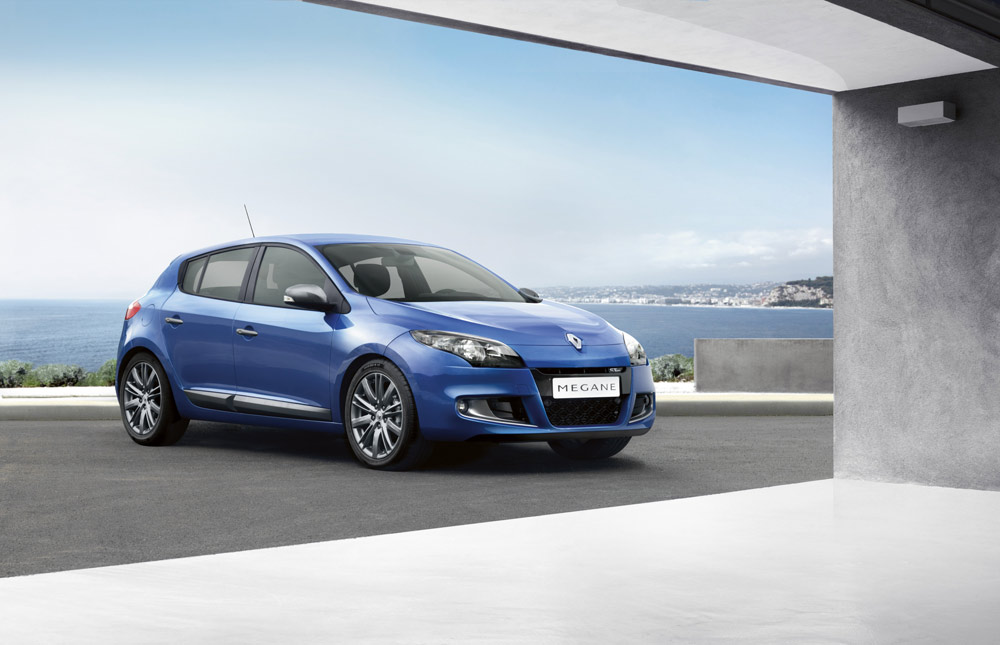Renault’s Latest K9K Diesel Cuts Costs, Not Corners
New features include a variable-pressure oil pump developed for the costlier 1.6L dCi diesel, stop/start battery technology and low-pressure exhaust-gas recirculation that allows the engine to be tuned for better fuel economy.

ROUEN, France – Renault combines some new technology with the Japanese kaizen concept of continual improvement to enhance the fuel efficiency of its fourth-generation high-volume, lower-cost 1.5L dCi diesel engine.
The powerplant, as applied in the Megane hatchback, emits just 90 g/km of carbon dioxide, a 16 g/km improvement over the third-generation engine and best in the C-segment.
Improvements include coating the tappets to reduce friction by 40%, a low-cost way of improving efficiency by almost 1 g/km, says Christian Gaston, Renault’s chief engineer for midsize cars.
New technology includes using the variable-pressure oil pump developed for the more expensive 1.6L dCi diesel that replaced the 1.9L engine in Renault’s range, and adding stop/start battery technology and low-pressure exhaust-gas recirculation, which dramatically lowers oxides of nitrogen levels, allowing the engine to be tuned for better fuel economy.
Standardizing is essential to maintaining affordability, Gaston contends.
The fourth-generation K9K engine, as it is known within Renault, has been optimized for cost as much as anything else.
Some parts in the newest powerplant, such as the camshaft, are unchanged from the first generation; other componentss, such as the aftertreatment catalyst, are designed for all variants of the Renault, Nissan and Dacia brands; and still others are being installed in older versions of the same motor, including the engine block with its modified water core.
The K9K is produced in Bursa, Turkey; Chennai, India; and Valladolid, Spain. Process engineers in the Spanish plant worked with Renault’s product engineers from France to prepare the changeover on three machining and assembly lines, at a cost of 5.0% of what the investment would have been for an all-new engine, Gaston says.
Renault has sold 9 million of the 1.5L engines, and the Valladolid plant can make 900,000 units a year. The fourth-generation mill can be designed to make 64-109 hp and 118-192 lb.-ft. (160-260 Nm) of torque.
“The 1.5L is cost-effective,” Gaston says, adding the 110-hp and torque specifications are “at the core of what is asked for in several markets. We have to get an optimized solution for this kind of demand.”
The biggest challenge to improving the efficiency was to overcome what Gaston calls “the 8- valve penalty.” Because the engine has two large valves per cylinder, the fuel injector cannot be located at the center lest it cause an asymmetrical spray.
To compensate, Renault designed each spray angle separately, resulting in a 15% reduction of NOx during combustion and a small improvement in torque. The piston bowl also was redesigned.
Other kaizen improvements include new piston rings, reducing the tension on the belt-driving engine accessories and optimizing the dimensions of the base engine.
Renault says it had no desire to change the maximum power available from the engine, but did want to improve the torque. Changes include downsizing the turbine to improve responsiveness at the low end and improving the air routing to the engine.
Renault altered the injection pattern to have two pilot injections over a wide operating range, as part of an effort to reduce combustion noise by 3 decibels and save the weight and the cost of an acoustic cover.
The 1.5L engine’s fuel consumption has been improved 25% since 2008, Gaston says, adding the powerplant underwent 23,000 hours of bench tests and 373,000 miles (600,000 km) on the road to assure quality. The Euro 5 engine can meet anticipated Euro 6 clean-air rules by replacing the catalyst with a combined-catalyst NOx trap.
While the engine is somewhat more costly, the improved fuel efficiency offsets the total cost to the consumer, he says.
Although it is destined for global markets, “We won’t go the U.S. with this engine for sure,” Gaston says. “Even our partner Nissan has not asked for it.”
About the Author
You May Also Like